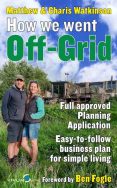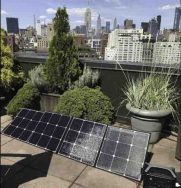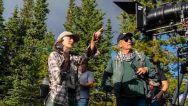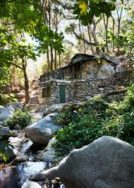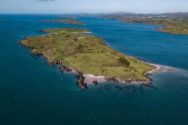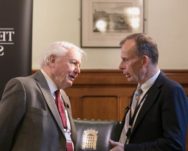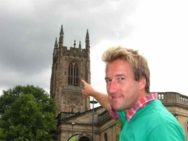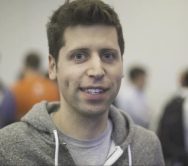
ChatCGT Founder Has Massive Bugout Ranch
Is it a bad sign or a good sign that the boss of ChatCGT has made preparations for a serious collapse of the US economy? Sam Altman, 38, has already declared that Artificial Intelligence is likely to “break capitalism” if it becomes successful and widespread.
Chat CGT is a new search tool that is taking the internet by storm because of the way it replies to questions by combining the entire contents of the WWW and everything else out there.
Altman obviously believes in the potential for things in the US to go very badly. He has amassed a store of guns, gold, antibiotics, batteries, water and gas masks, and bought a patch of land on the California coast to which he can retreat. Preumably, this is in case OpenAI misses the mark and in the pursuit of profit, accidentally creates machines that enslave us all.
“Successfully transitioning to a world with superintelligence is perhaps the most important — and hopeful, and scary project in human history,” Altman wrote in a blog post.
At the heart of the transformation is Altman, 37, a billionaire university dropout. Before OpenAI, he ran Y Combinator, the start-up accelerator that has invested in hundreds of companies working on everything from 3D-printed rockets to reversing ageing and included Airbnb, Dropbox and Reddit.
The breadth and ambition of Y Combinator’s companies could be seen as the expression of Altman’s belief in the power of technology to dramatically alter, and improve, the human condition. Paul Graham, the Y Combinator founder who chose Altman as his successor, said in a 2016 New Yorker profile: “I think his goal is to make the whole future.”
Graham, a revered figure in Silicon Valley, in 2009 named the 24-year-old Altman as one the most interesting start-up founders alongside Apple’s Steve Jobs and Google’s Larry Page and Sergey Brin.
Short and wiry, Altman is known for his intellect, deep connections among the tech elite and extreme work ethic. He once became so engrossed in a start-up he came down with scurvy. He admitted that he has, “no patience for things I’m not interested in: parties, most people”.
A month after Musk stepped down, Altman quit Y Combinator to take over as OpenAI’s chief. It had become clear to him that to make the impact he wanted, OpenAI could not remain a charity.…


